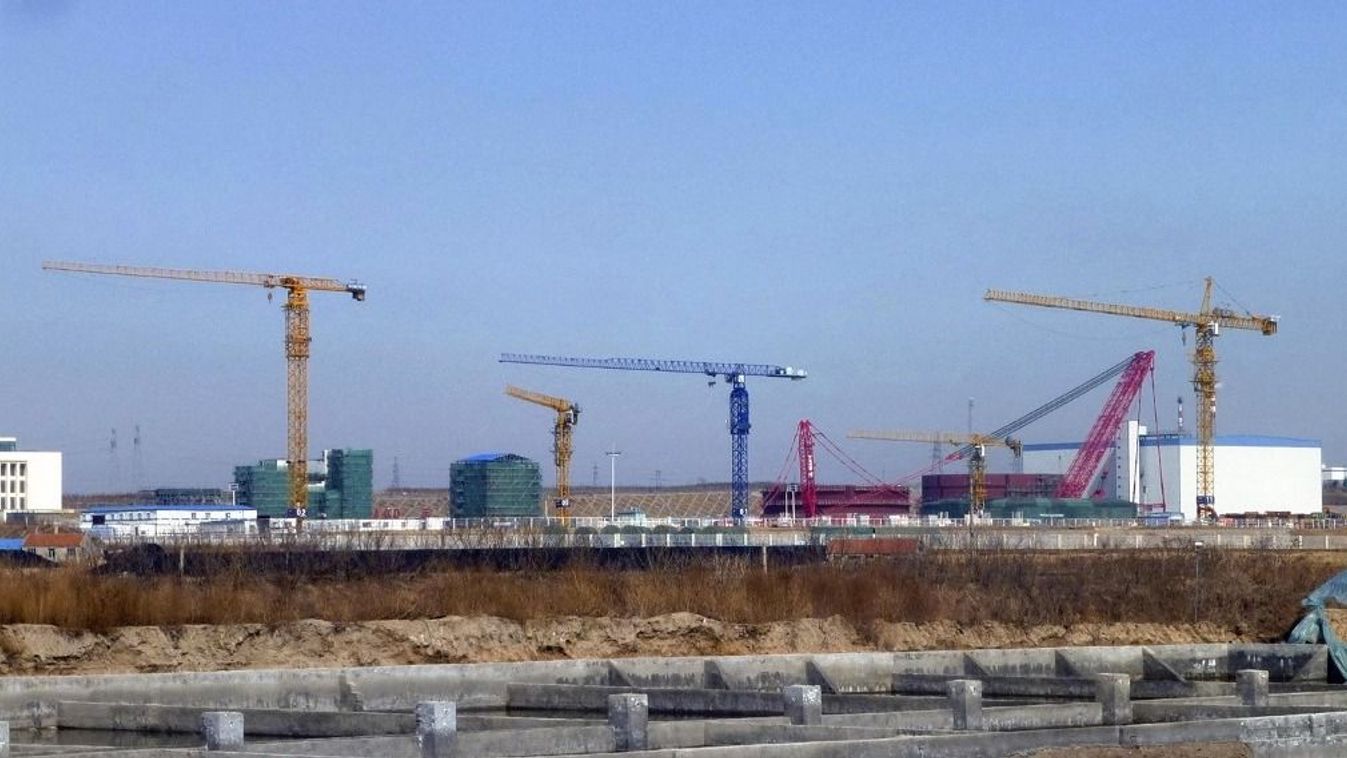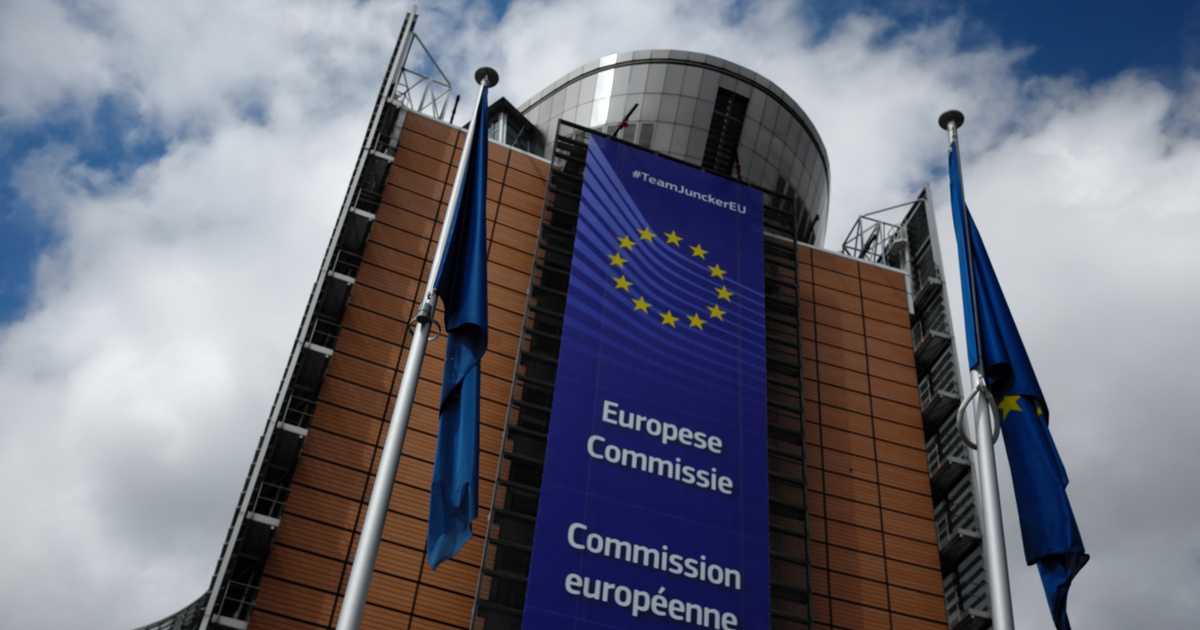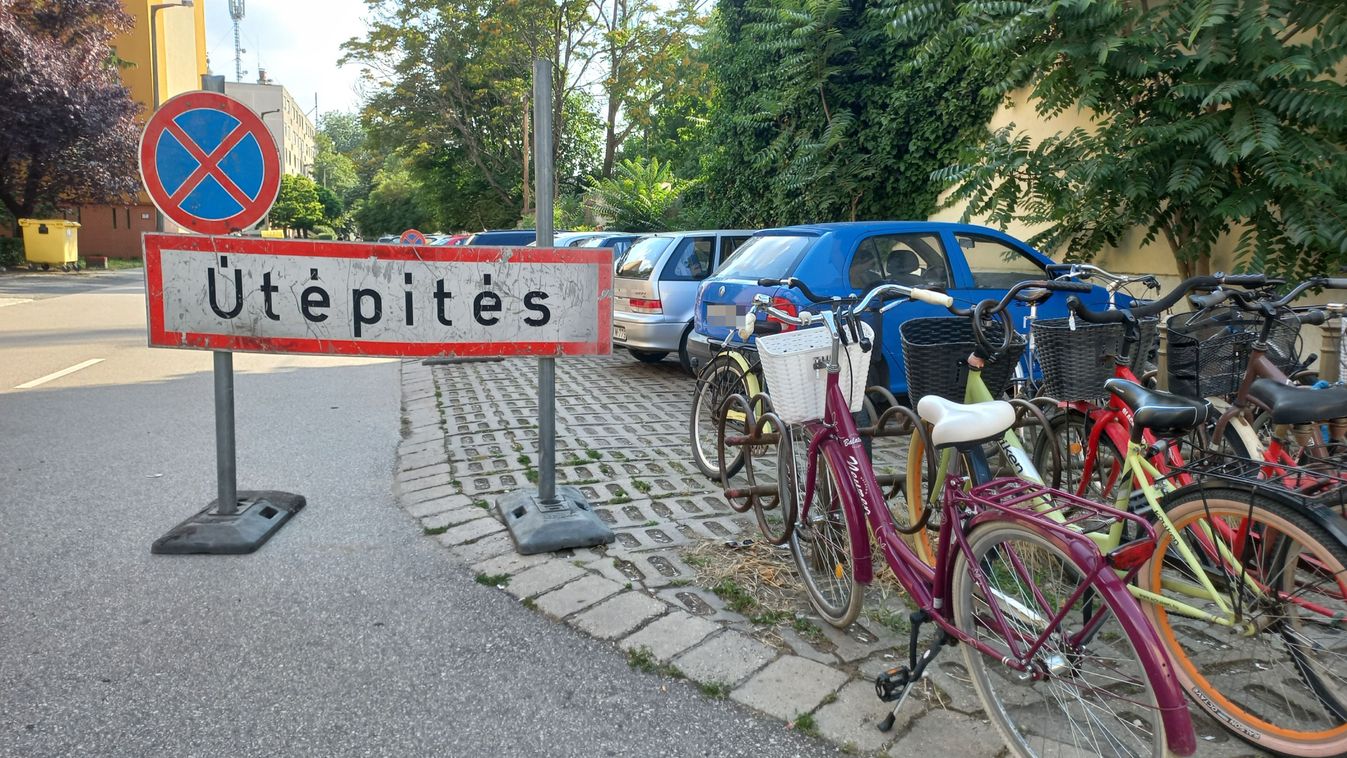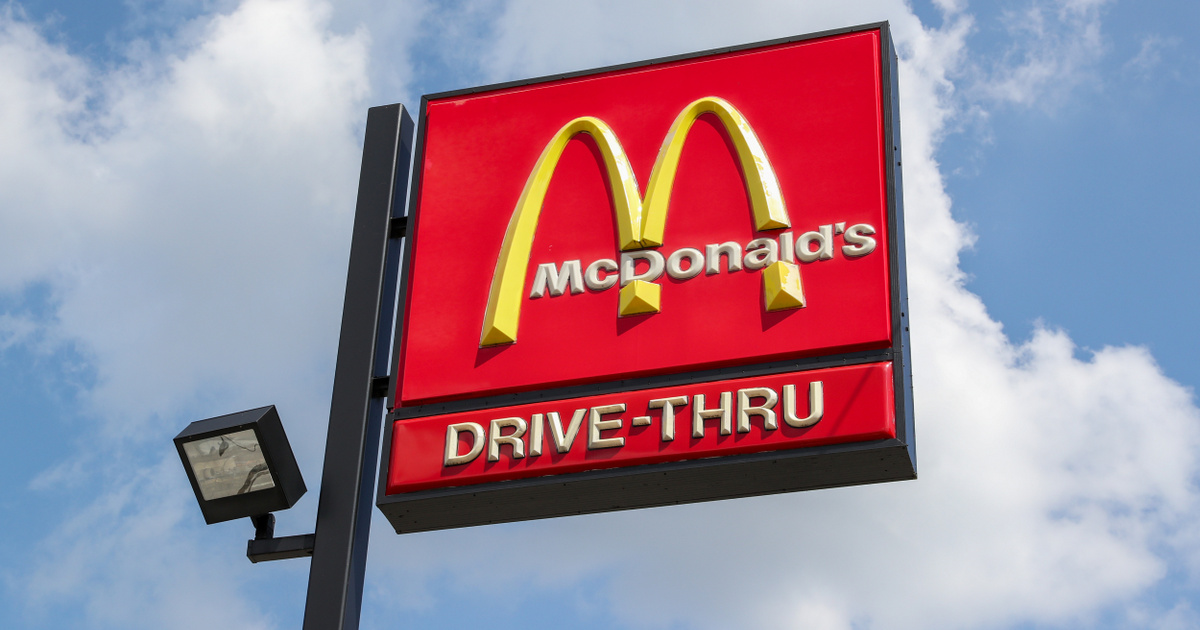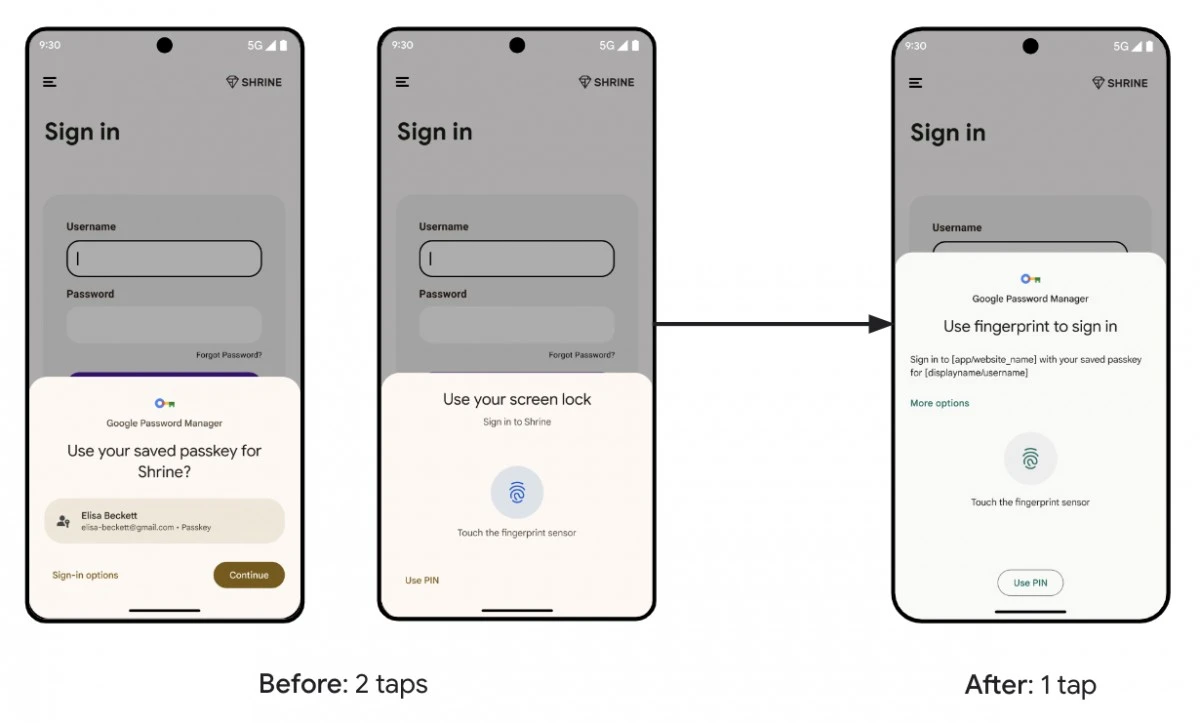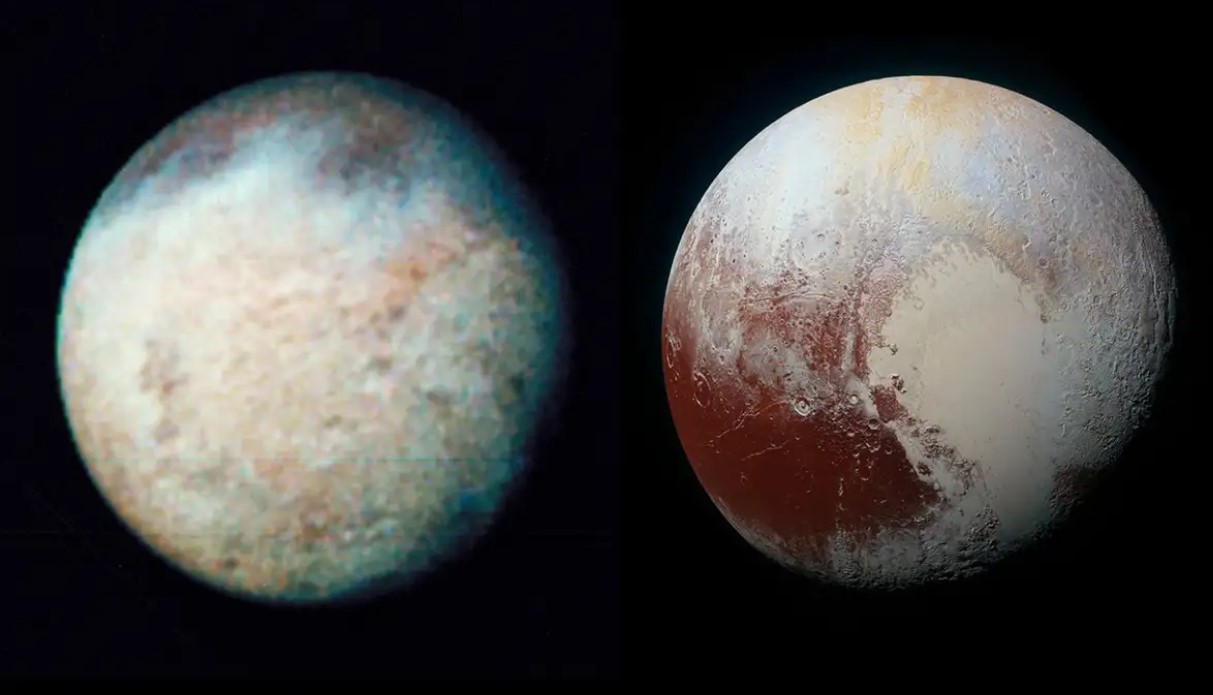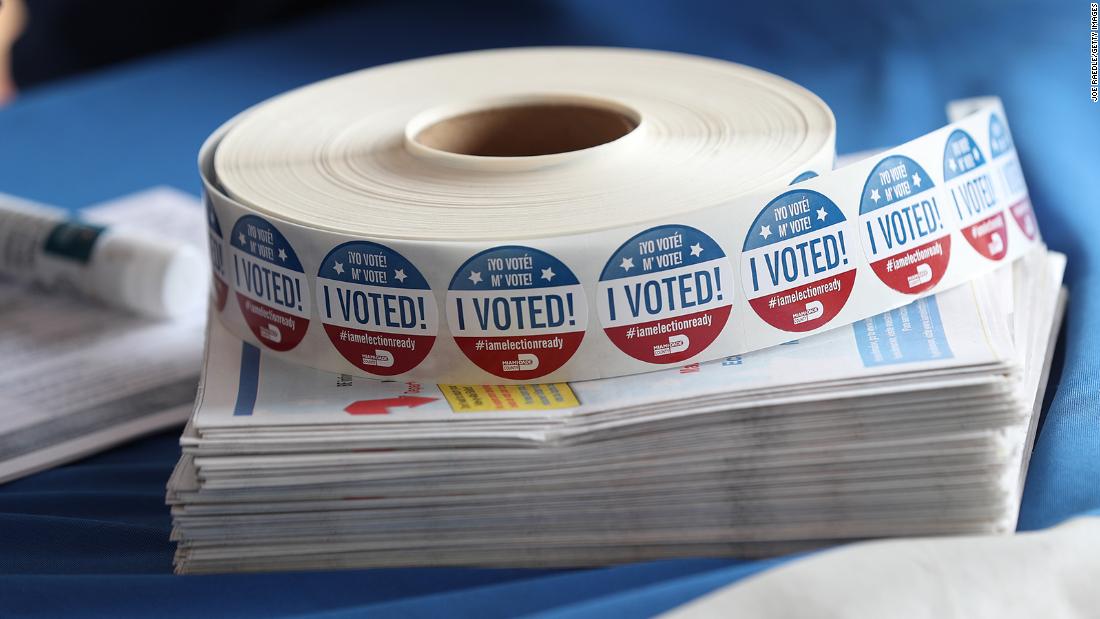The detailed voting information on these key states comes from Catalist, a company that provides data, analytics and other services to Democrats, academics, and nonprofits to advocate for issues and gives insight into who will vote before November.
Arizona
Meanwhile, voters aged 65 or over have moved from 50% of first-person voters in 2016 to 41% now.
The percentage of first white voters in Arizona dropped slightly from this point in 2016, dropping from 77% four years ago to 74% currently. Hispanic voters account for the second largest percentage of the vote already cast at 15%, up from 13% in 2016. Black and Asian voters saw a 1 percentage point increase in each of their early voting shares as well.
The Democrats have beaten the Republicans this year in the pre-election ballot so far. At this time before the 2016 election, Republicans accounted for 41% of the votes cast, while the Democrats were behind them at 37%. Today, Democrats make up 41% of the pre-election vote, while Republicans make up 34%.
Colorado
Voters 30 to 49 also represent more votes cast this year than at this point in 2016, while voters 65 years of age or older make up a smaller share.
Hispanic voters have expanded their vote share before the election – 8% in the last session to 10% now.
White voters represent the vast majority of the vote actually cast in Colorado, although their share of those votes dropped four years ago from 85% to 83% now.
The Republican vote in the pre-election vote is seven points lower than the week before the 2016 election, while the Democrats are at roughly the same level.
Florida
Voters who got an early vote in Florida are a bit more diverse compared to this point in 2016. Both Hispanic and black voters have increased their shares of the vote already cast, with Hispanic voters accounting for about 16% of early voting (up Of 14% in 2016) and black voters 13% (up from 12% in 2016).
Democrats lead in the pre-election turnout with 42% of the vote to Republicans 36%. A week before the 2016 election, they were tied at 41% each.
Georgia
Biden campaigns in Peach state Tuesday, which Trump won by nearly five points in the last presidential election.
As in other states, voters under the age of 30 in Georgia account for a greater share of early voting than they did four years ago. Voters 30-39 also saw an increase from 9% of the pre-election vote at this point four years ago to 12% now.
Georgia has the largest share of the pre-election vote of black voters in these major states, at 31%, roughly the same percentage as this time four years ago. The share of white voters in the pre-election vote has declined from 65% in 2016 to 62% today.
Yes
The Democrats have risen dramatically in their share of the vote cast so far this year, making up 50% of those votes. At this time before the 2016 elections, their share was 44%. Republicans are currently in roughly the same proportion at 31%.
The age rating of first voters in Iowa has not changed much since 2016 as it has in some other states. 10% of the state’s first voters to date are under the age of 30, up just three points from this time four years ago. And voters 30-64 make up a slightly larger percentage of the electorate than in 2016. Four years ago, these voters were 41% of those who actually cast their ballots. Now they are 47%.
Michigan
Black Michigan voters have expanded their share of the vote already cast compared to the last round. They currently account for about 12% of those votes, up from just 8% in 2016. Hispanic and Asian voters have also seen their early voting shares increase slightly. Meanwhile, the share of white voters in early voting has decreased from 89% in 2016 to 83% currently.
Minnesota
About 1.2 million ballot papers have already been cast in the Land of 10,000 Lakes, nearly twice the total votes in the state for the 2016 election before the election.
Voters under the age of 30 have cast nearly 143,000 votes so far this year, which is good for 12% of all votes cast. That’s more than double their share of early voting at this time four years ago.
Similar to this time in the last cycle, Minnesota’s first voters so far were overwhelmingly white – 89% now versus 92% at the time. Black, Hispanic, and Asian voters all saw a one-point increase in their shares of votes actually cast compared to four years ago.
Nevada
Nevada’s Latino voters represent the second largest percentage of the vote cast to date at 13%, up slightly from 12% four years ago. Black and Asian voters also saw a one percentage point increase in their voting shares before the election. The share of white voters in early voting has decreased slightly from 2016, dropping from 70% and then to 68% today.
Democrats have held steady with the pre-election turnout at 43% – the same this time four years ago. Republicans fell in their pre-election vote share from 38% then to 34% now.
North Carolina
The pre-election distribution of voters in North Carolina by race is roughly the same as it was in 2016. White voters account for 72% of those early votes, black voters roughly 22% and Hispanic voters and Asian voters roughly 2%.
The Democrats had a 10-point lead on the ballot before the election almost the same as their 11-point lead at this time in 2016.
Ohio
By race, early voters voting in Ohio are similar to four years ago. White voters still represent a large majority of the vote cast to date, at 86%. Black voters make up the second largest proportion of the first electorate at 10%, followed by Hispanic voters at 2% and Asian voters at 1%.
Pennsylvania
White Pennsylvania voters have cast the majority of votes before Election Day so far, accounting for 82% of those votes. Black voters account for the second largest proportion of early voters in Keystone at 11%, followed by Hispanic and Asian voters at 3% each.
Democrats continue to gain a significant advantage in pre-election voting, making up about 70% of those votes. 2020 is the first year that Pennsylvania has expanded mail-order voting options for all voters, and Republicans in the state are expected to vote in greater numbers on Election Day, which is in line with the ballot showing that Republican Party members across the country prefer to vote in – Person Tuesday Next.
Texas
More than 7.8 million Texas people have already voted this year. That’s more than the total number of those who voted before Election Day in 2016 and roughly 87% of the state’s total turnout four years ago.
Texas is one of the only major states where the share of black voters has decreased slightly compared to four years ago. At this point in 2016, black voters had already represented 15% of the votes cast; Now they are 13%. Hispanic voters still make up the second largest proportion of these early voters at 20%, on par with 2016 levels.
White voters make up 61% of the early vote, the smallest share of all the major states listed here. This number is the same as it was at that time four years ago.
Wisconsin
More than 1.3 million people have already voted in Wisconsin – nearly half of the total presidential vote in the state for 2016.
Wisconsin saw a significant decrease in the percentage of first voters aged 65 or over compared to this point in 2016. Four years ago, 52% of first voters were 65 years of age or older. Now, these voters make up 38%.





